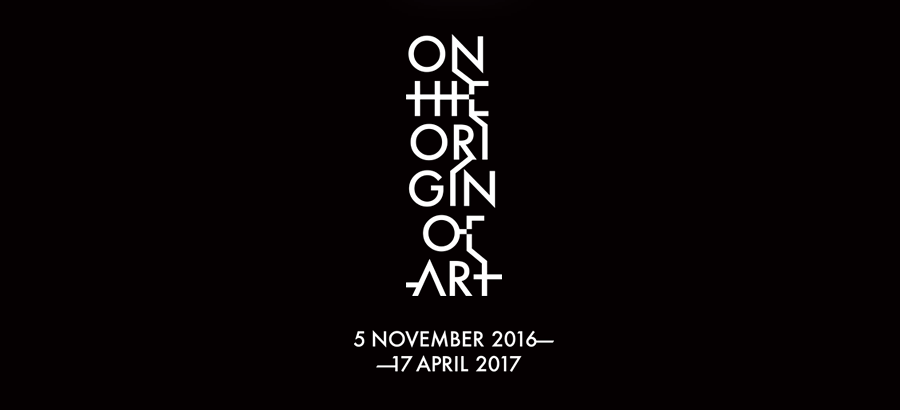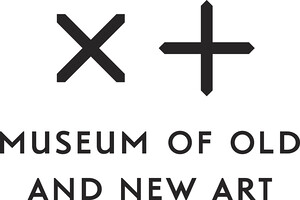November 5, 2016–April 17, 2017
655 Main Road
Berriedale Tasmania
Australia
The Museum of Old and New Art in Tasmania, Australia, presents On the Origin of Art: a new major exhibition that has invited four world-renowned scientists and evolutionary theorists to explore the universal human drivers behind why we make art.
Running from November 5, 2016 and April 17, 2017, On the Origin of Art focuses on a central question: is art adaptive? In other words, has art helped humans to survive and to procreate in some way? Has the tendency to make and appreciate art been handed down, generation by generation, through evolutionary time?
In this exhibition, Mona’s guest curators Steven Pinker, Brian Boyd, Geoffrey Miller and Mark Changizi have each applied their scientific methodology to answer this central question. Each worked with Mona to curate a segment of the exhibition according to their individual theory. The result is four very different explorations, presented in the one exhibition.
On the Origin of Art was born out of Mona’s ongoing interest in why people make art, and what art is for.
Mona founder and owner David Walsh said: “I’m not trying to show that art is this or that thing, and I’m not trying to show that we make art for this or that reason. For the moment I’m just trying to show that art is a complex thing and its characteristics multifarious. Curators, typically, weave a cultural web. But the web of art, like the web of life, has evolution at its genesis. Let’s see if those who have insights into evolution can tease out something about the nature of art. If they can, we should see a good show. Because sometimes newcomers to a field, virgins if you will, make it feel shiny and new.”
While people can engage with this exhibition without delving into the scientific details, looking at art through a scientific lens is important to Mona, because it goes to the heart of what makes us human. We’re cultural beasts, but we’re flesh and blood, too, and knowing this can change the way we live our lives. For the better, we believe.
“Both the general public and art historians tend to think of art as solely a cultural phenomenon. Whilst acknowledging the importance of this perception, Mona takes a biocultural position, proposing that, to know what art is, one has to dig deeper, past culture, to art’s evolutionary origins,” said Mona Senior Research Curator Jane Clark. “On the Origin of Art doesn’t hope to answer these evolutionary questions directly but prompt visitors to reflect on their assumptions and to be open to alternative ways of thinking about art.”
On the Origin of Art is comprised of more than 230 objects from 35 countries, spanning millennia and cultures. These are sourced from Mona’s collection and loaned by 58 institutions from around the world, with a selection on display in Australia for the first time. Nine new commissions have been created for the exhibition.
The exhibition includes aesthetically potent ancient objects, some typologically dated as old as 800,000 years, whose Palaeolithic creators might never have thought consciously about “art”; works from acknowledged highpoints of artmaking as the Italian Renaissance, Māori taonga, French Impressionism, Ottoman Islam, Japanese ukiyo-e, Benin bronze-work, among others; new artworks made by artists especially for this exhibition.
Artists include Pierre-Auguste Renoir, Katsushika Hokusai, Lola Greeno, Jeff Koons, François Boucher, Yayoi Kusama, Takashi Murakami, Bridget Riley, Hiroshi Sugimoto, Georgia O’Keefe, Vernon Ah Kee, Mat Collishaw, Andy Goldsworthy, and Cindy Sherman, to name only a few.



